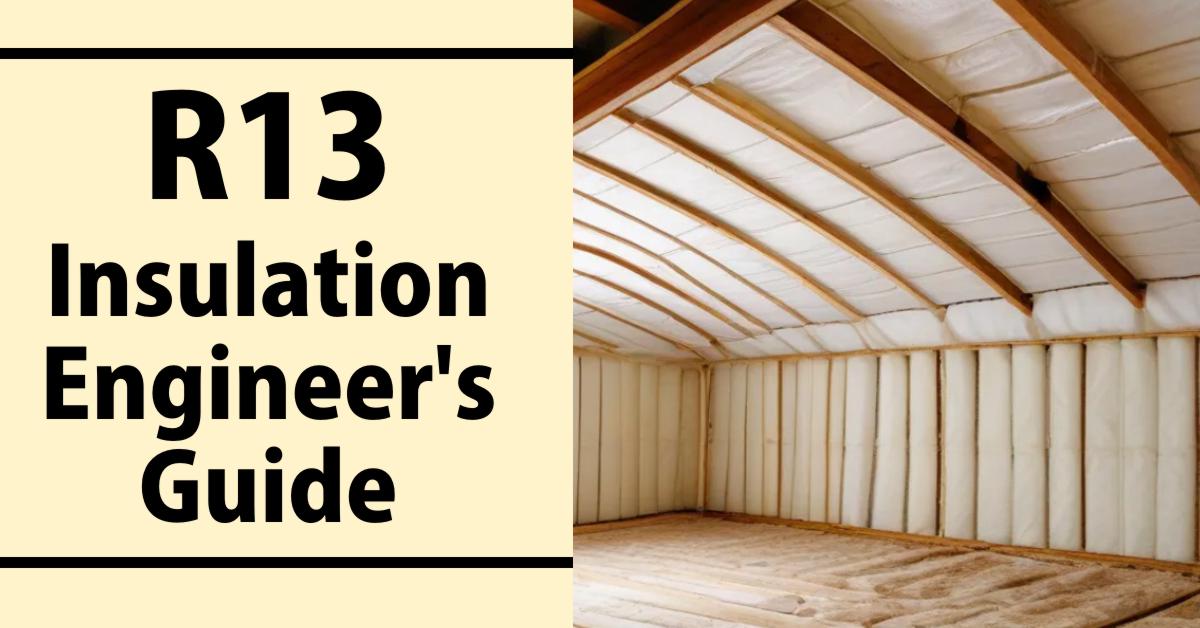As a licensed civil engineer and construction specialist with over 25 years of experience, I’ve witnessed the crucial role that insulation plays in creating energy-efficient, comfortable, and sustainable buildings. Among the various insulation options available, R13 fiberglass batt insulation has emerged as a popular choice for residential and commercial applications, offering an excellent balance of thermal performance, affordability, and ease of installation.
In this super detailed guide, I’m going to break down everything you need to know about R13 insulation. We’ll talk about what it’s made of, its specs, how to install it, and all the awesome perks it brings. Whether you’re a homeowner, contractor, or just someone in the industry, this article is packed with helpful info to help you make smart choices about your insulation.
Key Takeaways:
- R13 insulation refers to fiberglass batt insulation with an R-value of approximately 13, providing excellent thermal resistance and insulating capability.
- Proper installation techniques and safety precautions are crucial for achieving optimal performance and preventing potential issues.
- R13 insulation offers numerous benefits, including energy efficiency, cost savings, acoustic insulation, and versatility in various applications.
- Environmental considerations, such as recyclability and indoor air quality, make R13 insulation a sustainable choice for construction projects.
R13 insulation compared to other common insulation types.
Insulation Comparison Table
| Insulation Type | Material | R-Value per Inch | Typical Thickness | Cost per sq. ft. | Fire Rating |
|---|---|---|---|---|---|
| R13 Fiberglass Batt | Fiberglass | 3.0 – 3.7 | 3.5″ – 4″ | $0.30 – $0.60 | Class A |
| Cellulose Loose-Fill | Recycled Paper | 3.5 – 3.8 | 5.5″ – 6.5″ | $0.50 – $0.80 | Class A |
| Spray Foam (Open Cell) | Polyurethane | 3.6 – 4.3 | Varies | $0.50 – $1.00 | Class A |
| Mineral Wool Batt | Rock/Slag | 3.0 – 4.0 | 3″ – 6″ | $0.50 – $0.90 | Non-combustible |
Soundproofing Comparison Table:
| Insulation Type | Sound Transmission Class (STC) | Noise Reduction |
|---|---|---|
| R13 Fiberglass Batt | 38 – 51 | Good |
| Cellulose Loose-Fill | 43 – 57 | Good to Excellent |
| Open-Cell Spray Foam | 35 – 45 | Fair to Good |
| Closed-Cell Spray Foam | 38 – 51 | Good |
| Mineral Wool Batt | 45 – 60 | Excellent |
R13 fiberglass has decent sound-dampening properties, but mineral wool and dense-packed cellulose are better for maximizing soundproofing.
Moisture Resistance Comparison Table:
| Insulation Type | Moisture Absorption | Mold Resistance |
|---|---|---|
| R13 Fiberglass Batt | Low to Moderate* | Moderate to Good* |
| Cellulose Loose-Fill | High | Fair to Good |
| Open-Cell Spray Foam | High | Poor to Fair |
| Closed-Cell Spray Foam | Very Low | Excellent |
| Mineral Wool Batt | Very Low | Excellent |
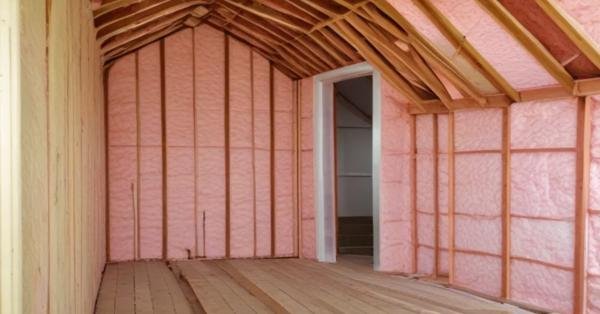
Parameters for R13 insulation:
Design Considerations:
| Design Factor | Typical Value Range |
|---|---|
| R-Value Target | R13 (3.0 – 3.7 per inch) |
| Thickness | 3.5″ – 4″ |
| Framing Spacing | 16″ or 24″ o.c. |
| Cavity Depth | 3.5″ – 5.5″ |
| Facing Type | Kraft, FSK, PSK, Unfaced |
| Reinforcement | Fiberglass Scrim/Mesh |
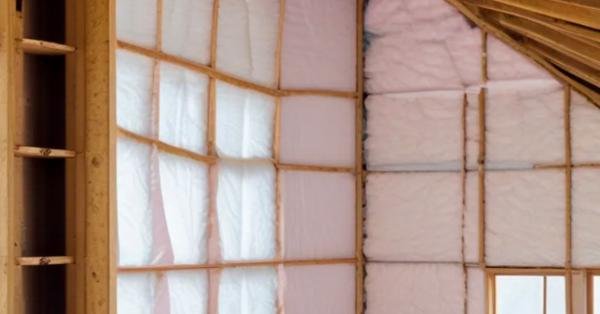
Safety Measures:
| Safety Aspect | Recommended Practice |
|---|---|
| Personal Protective Equipment | Gloves, goggles, respirator mask |
| Skin Protection | Long sleeves, pants, head covering |
| Respiratory Protection | NIOSH-approved respirator for non-ventilated areas |
| Work Area Preparation | Close off and cover air vents, seal work area |
| Waste Handling | Seal in plastic bags for disposal |
| Fire Safety | Non-combustible material, follow fire codes |
Cost Parameters:
| Cost Factor | Typical Cost Range |
|---|---|
| Material Cost | $0.30 – $0.60 per sq.ft. |
| Installation Labor | $0.20 – $0.50 per sq.ft. |
| Other Materials (fasteners, sealant, etc.) | $0.05 – $0.15 per sq.ft. |
| Energy Savings | $100 – $500+ per year |
| Payback Period | 3 – 7 years |
| R-Value Increase Cost (R13 to R19) | 15% – 25% |
R13 insulation refers to fiberglass batt insulation with an R-value of approximately 13, which indicates its thermal resistance or insulating capability. The higher the R-value, the better the insulation’s ability to resist heat flow, making it an essential component in maintaining a comfortable and energy-efficient indoor environment.
Installation and Application
Proper Installation Techniques
Correct installation of R13 insulation is crucial to ensure optimal thermal performance and prevent potential issues such as gaps, compression, or settling. Some key installation considerations include:
Cutting insulation to fit snugly around electrical boxes, pipes, and other obstructions.
Using insulation support wires or rods to prevent sagging in open cavities or long spans.
Ensuring proper ventilation and clearance around heat-producing sources like chimneys or flues.
Safety Precautions
When working with fiberglass insulation, it’s essential to take necessary safety precautions to protect against skin irritation and respiratory issues. Proper personal protective equipment (PPE), such as gloves, goggles, and masks, should be worn during installation.
Materials and Specifications
R13 insulation is typically composed of glass fibers that are spun into a dense, flexible batt or blanket. These fibers are often treated with a phenolic resin binder to maintain their structural integrity and resistance to moisture and mold growth.
Dimensions and R-Value
The standard thickness for R13 fiberglass batt insulation ranges from 3.5 inches to 4 inches, depending on the manufacturer and specific product line. This thickness is designed to provide an R-value of approximately 13, which meets or exceeds most building code requirements for exterior wall insulation in residential and light commercial construction.
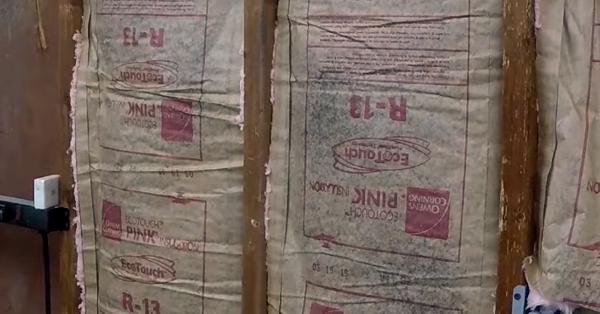
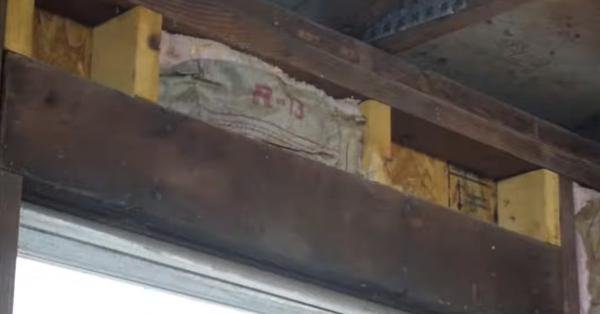
Material Composition
In addition to glass fibers, R13 insulation may contain other materials to enhance its performance and durability. These can include:
Vapor retarders:
Kraft paper or plastic facings to control moisture vapor transmission.
Reinforcing materials:
Fiberglass scrim or mesh for improved handling and installation.
Adhesives:
To ensure proper adhesion to framing members and prevent sagging or settling over time.
Comparison table with pros and cons for r13 faced and r13 unfaced insulation:
| Feature | R13 Faced | R13 Unfaced |
|---|---|---|
| Description | R13 insulation with a vapor retarder (facing) attached to one side | R13 insulation without any facing material |
| Vapor Retarder | Integrated vapor retarder | No vapor retarder |
| Installation | Facing provides a built-in vapor retarder, reducing the need for additional vapor barrier installation | Requires separate installation of a vapor retarder or air barrier |
| Moisture Management | Facing acts as a moisture barrier, preventing moisture from entering the insulation | Prone to moisture accumulation without a separate vapor retarder |
| Air Leakage | Facing can help reduce air leakage | May allow air infiltration without a separate air barrier |
| Thermal Performance | Relatively consistent thermal performance | Thermal performance may be affected by air infiltration without proper air sealing |
| Cost | Generally more expensive due to the added facing material | Less expensive than faced insulation |
| Indoor Air Quality | Facing may release volatile organic compounds (VOCs) | No VOC emissions from the insulation itself |
| Flexibility | Less flexible due to the facing material | More flexible and easier to handle |
Pros of R13 Faced Insulation:
- Built-in vapor retarder reduces the need for separate vapor barrier installation.
- Facing can help reduce air leakage and improve energy efficiency.
- Consistent thermal performance due to the facing material.
Cons of R13 Faced Insulation:
- More expensive than unfaced insulation.
- Facing may release VOCs, which can affect indoor air quality.
- Less flexible and more challenging to handle during installation.
Pros of R13 Unfaced Insulation:
- Less expensive than faced insulation.
- No VOC emissions from the insulation itself.
- More flexible and easier to handle during installation.
Cons of R13 Unfaced Insulation:
- Requires separate installation of a vapor retarder or air barrier.
- Prone to moisture accumulation without a proper vapor retarder.
- Thermal performance may be affected by air infiltration without proper air sealing.
It’s important to note that the choice between faced and unfaced insulation depends on various factors, such as the climate zone, building code requirements, and the specific application.
Benefits of R13 Insulation
Energy Efficiency and Cost Savings
One of the primary benefits of R13 insulation is its ability to improve energy efficiency by reducing heat transfer through walls, ceilings, and other building components. This translates into lower energy bills for heating and cooling, resulting in significant cost savings over the lifespan of the building.
Thermal and Acoustic Insulation
In addition to its thermal insulation properties, R13 fiberglass batt insulation also provides excellent acoustic insulation. It helps to reduce noise transmission between rooms, creating a quieter and more comfortable living or working environment.
Versatility and Compatibility
R13 insulation is versatile and can be used in a variety of applications, including exterior walls, attics, crawl spaces, and even some HVAC systems. It is compatible with various framing materials, such as wood studs, metal studs, and concrete masonry units (CMUs).
Cost-Effectiveness
Compared to other insulation types, R13 fiberglass batt insulation is generally more cost-effective, making it an attractive option for budget-conscious projects. Its relatively low material cost and ease of installation contribute to its overall affordability.
Environmental Considerations
Recyclability and Sustainability
Fiberglass insulation, including R13 batts, is typically made from recycled glass, making it a more sustainable option compared to some other insulation materials. Additionally, fiberglass insulation can be recycled at the end of its lifespan, further reducing its environmental impact.
Indoor Air Quality
When installed correctly and maintained properly, R13 fiberglass insulation does not contribute to indoor air quality issues. It is inert, meaning it does not release into the air, providing a safe and healthy indoor environment.
In conclusion, R13 insulation is a versatile, cost-effective, and energy-efficient solution for residential and light commercial construction projects. Its combination of thermal and acoustic insulation properties, along with its ease of installation and compatibility with various building materials, make it a popular choice among professionals in the construction industry.
By understanding the materials, specifications, and installation techniques associated with R13 insulation, you can ensure optimal performance and maximize the benefits of improved energy efficiency, cost savings, and a comfortable indoor environment.
As a licensed civil engineer and construction specialist with over 25 years of experience, I firmly believe in the importance of selecting the right insulation for any construction project. R13 fiberglass batt insulation has proven to be a reliable and cost-effective solution for residential and light commercial applications, offering a balance of thermal performance, affordability, and ease of installation.
By leveraging my expertise and staying up-to-date with the latest industry developments, I strive to provide my clients with the best possible solutions to meet their insulation needs, ensuring energy-efficient, comfortable, and sustainable buildings.
In my Experience
What is the typical R-value range for R13 insulation?
The R-value for R13 fiberglass batt insulation typically ranges from 3.0 to 3.7 per inch of thickness, with a standard thickness of 3.5 to 4 inches providing an overall R-value of approximately 13.
How does the thickness of R13 insulation affect its performance?
The thickness of R13 insulation plays a crucial role in determining its insulating performance. Generally, thicker insulation provides better thermal resistance and a higher overall R-value. However, it’s important to strike a balance between insulation thickness and available cavity space in the building assembly.
Can R13 insulation be used for both interior and exterior walls?
Yes, R13 fiberglass batt insulation is suitable for use in both interior and exterior wall assemblies.
How does R13 insulation compare to higher R-value insulation types?
While R13 fiberglass batt insulation provides good thermal performance, higher R-value insulation types, such as spray foam or rigid foam boards, can offer even better insulating capabilities. However, these options are generally more expensive and may require specialized installation. R13 insulation strikes a balance between cost and performance for many residential and light commercial applications.
Is R13 insulation moisture-resistant?
I: Standard R13 fiberglass batt insulation is not inherently moisture-resistant. However, manufacturers often offer moisture-resistant options with specialized facings or coatings that help prevent moisture buildup and mold growth. Proper installation and management of moisture sources are still crucial to prevent potential issues.
Can R13 insulation be installed in attics or crawl spaces?
Yes, R13 insulation is commonly used in attics and crawl spaces to help insulate these areas and prevent heat transfer. However, specific installation techniques, such as proper ventilation and clearances, must be followed to ensure optimal performance and prevent potential moisture or condensation issues.
How long does R13 insulation typically last?
With proper installation and maintenance, R13 fiberglass batt insulation can last for the lifetime of the building, often 50 years or more. However, factors such as moisture exposure, physical damage, or compression can reduce its lifespan and effectiveness over time.
Is R13 insulation combustible or fire-resistant?
Most R13 fiberglass batt insulation products are classified as non-combustible or have a Class A fire rating, making them relatively fire-resistant. However, it’s essential to follow all building code requirements and manufacturer recommendations regarding the proper installation and use of fire-blocking materials.
Can R13 insulation be used in soundproofing applications?
While R13 insulation provides good acoustic insulation properties, it may not be sufficient for specialized soundproofing applications with high noise levels. In such cases, additional soundproofing materials or techniques, such as mass-loaded vinyl or resilient channels, may be required for optimal sound attenuation.
How should R13 insulation be disposed of after removal or demolition?
R13 fiberglass batt insulation can typically be disposed of through standard construction waste channels. However, it’s always recommended to check with local authorities or waste management companies for specific guidelines on proper disposal or recycling options in your area.
Is R13 insulation suitable for use in high-temperature applications?
No, standard R13 fiberglass batt insulation is not designed for use in high-temperature applications, as the binders and facings may not be able to withstand extreme heat. For high-temperature insulation needs, specialized insulation materials such as mineral wool or ceramic fiber insulation would be more appropriate.
